50+Sample Inventory Checklists
-
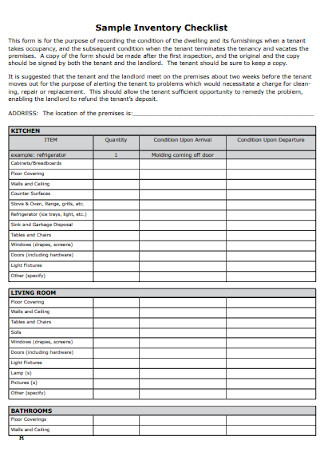
Sample Inventory Checklist
download now -

Inventory Control Procedural Checklist
download now -
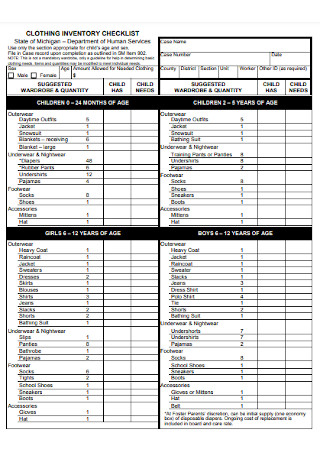
Clothing Inventory Checklist
download now -
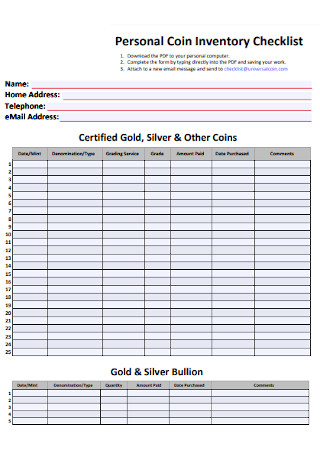
Personal Coin Inventory Checklist
download now -
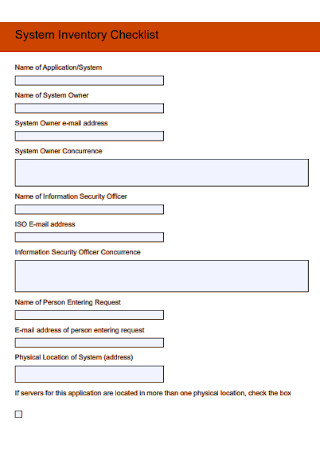
System Inventory Checklist
download now -
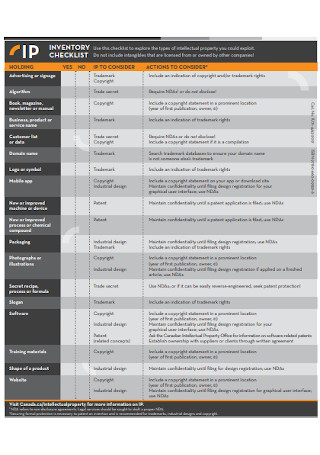
Basic Inventory Checklist Template
download now -
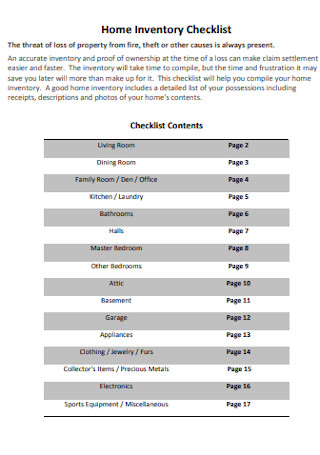
Home Inventory Checklist
download now -
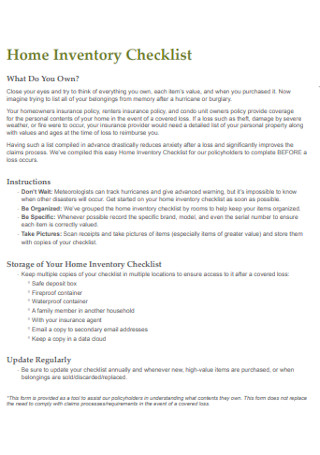
Home Inventory Checklist
download now -
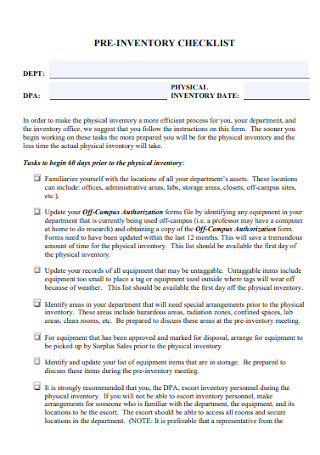
Pre-Inventory Checklist Template
download now -
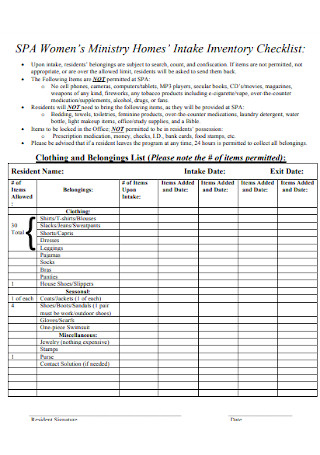
Intake Inventory Checklist
download now -
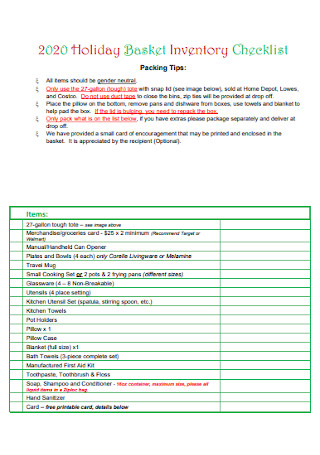
Holiday Basket Inventory Checklist
download now -
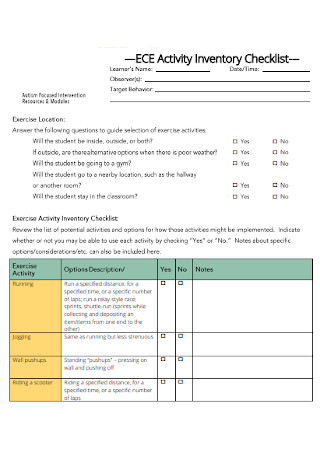
Inventory Activity Checklist
download now -
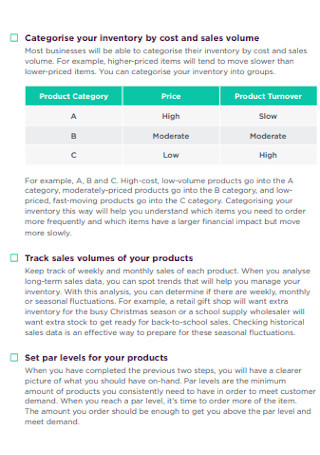
Inventory Management Checkliist
download now -

Standard Inventory Checklist
download now -
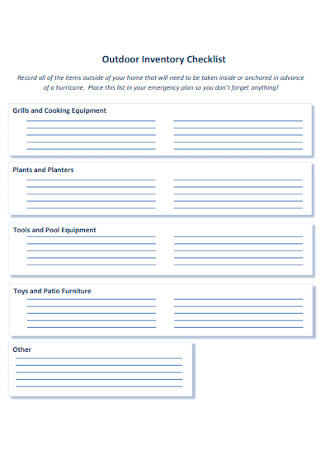
Outdoor Inventory Checklist
download now -
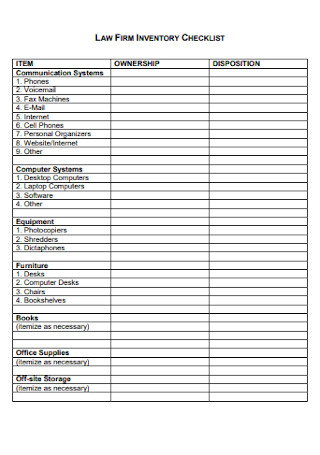
Law Firm Inventory Checklist
download now -
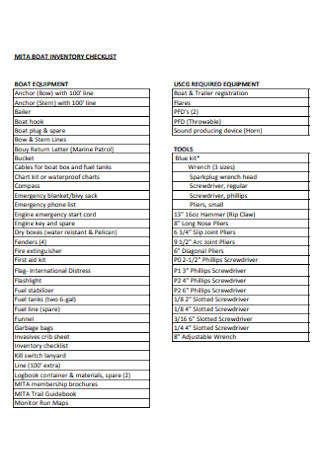
Boat Inventory Checklist
download now -
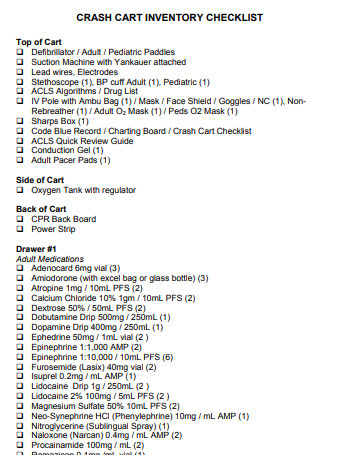
Crash Cart Inventory Checklist
download now -
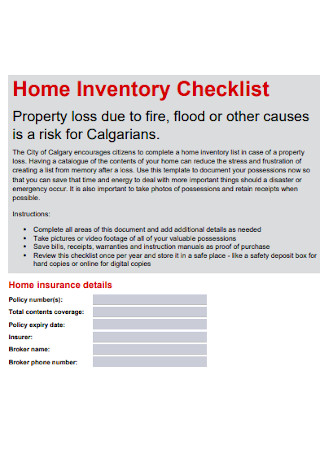
Home Inventory Checklist Example
download now -
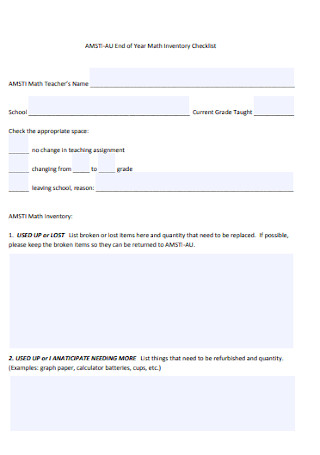
Year Math Inventory Checklist
download now -
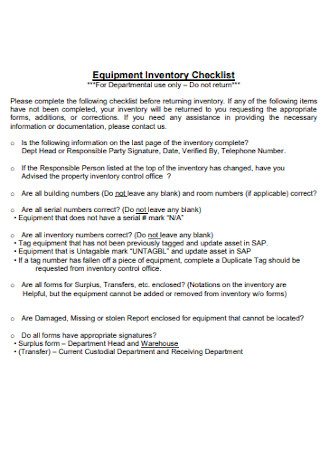
Equipment Inventory Checklist
download now -
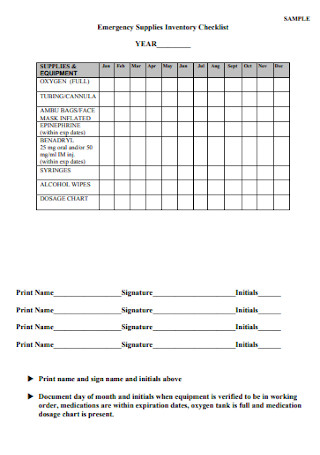
Emergency Supplies Inventory Checklist
download now -
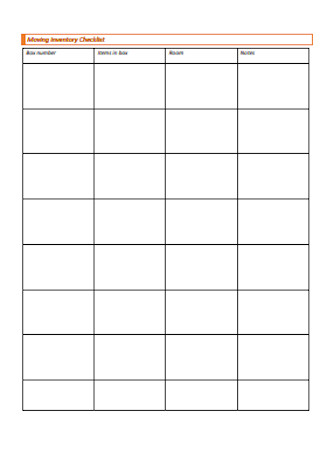
Moving Inventory Checklist
download now -

Inventory and Salvage Plan Checklist
download now -
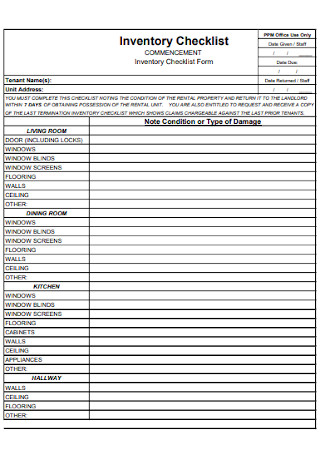
Inventory Checklist Form
download now -

Inventory Year-End Checklist
download now -
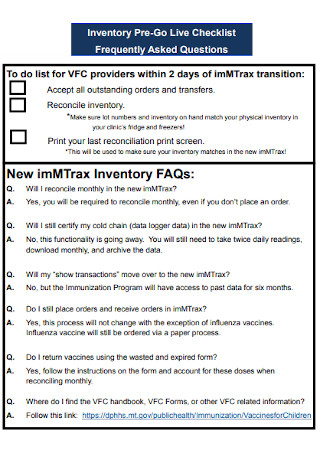
Inventory Pre-Go Live Checklist
download now -
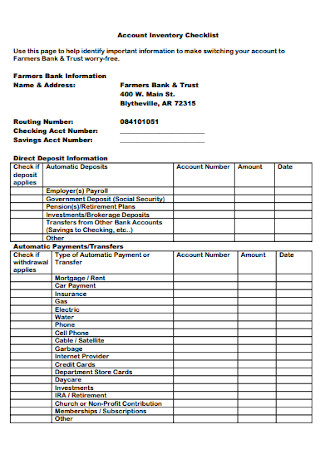
Account Inventory Checklist
download now -
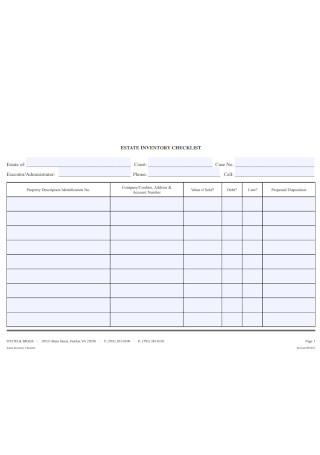
Estate Inventory Checklist
download now -
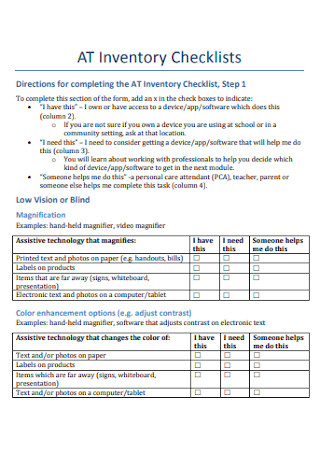
Inventory Checklist Format
download now -
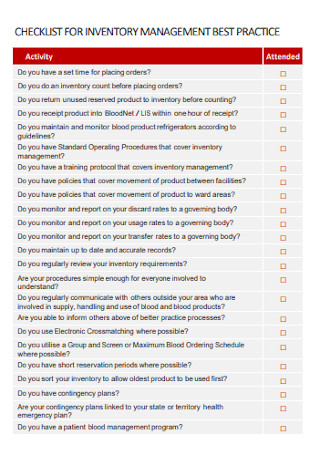
Management Inventory Checklist Example
download now -
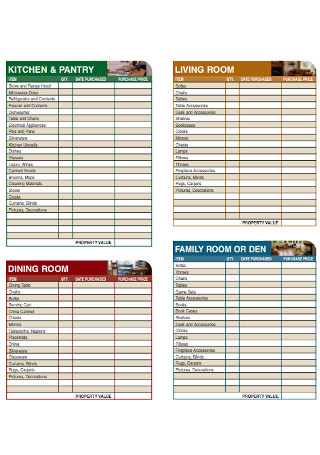
Personal Home Inventory Checklist
download now -
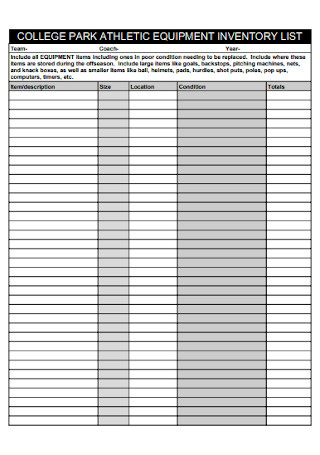
College Equipment Inventory Checklist
download now -
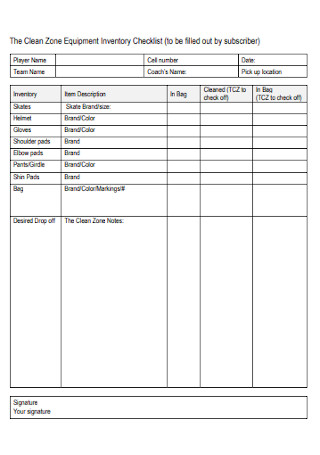
Clean Zone Equipment Inventory Checklist
download now -
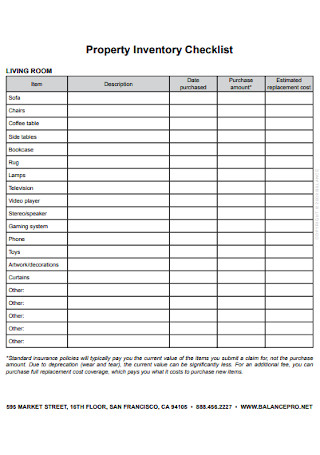
Property Inventory Checklist
download now -
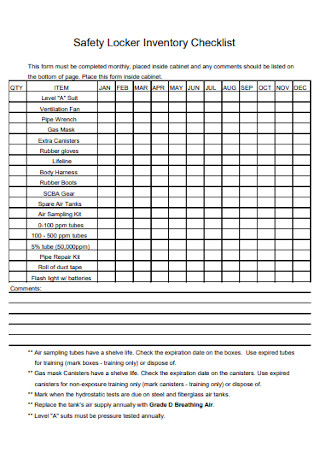
Safety Locker Inventory Checklist
download now -
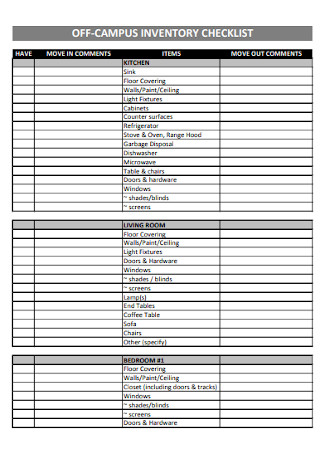
Campus Inventory Checklist
download now -
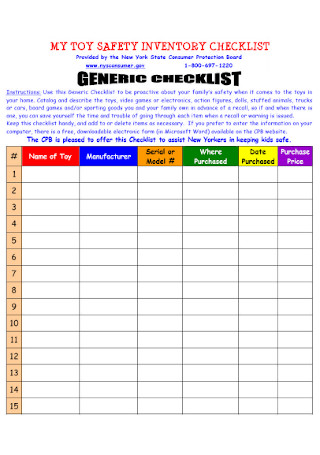
Toy Safety Inventory Checklist
download now -

University Equipment Inventory Checklist
download now -
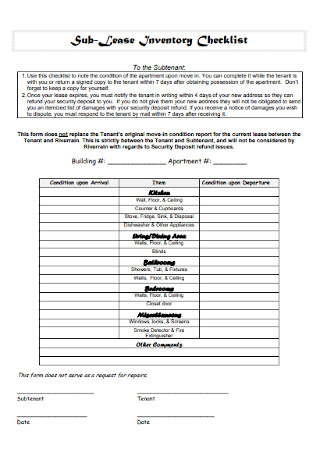
Sub-Lease IInventory Checklist
download now -
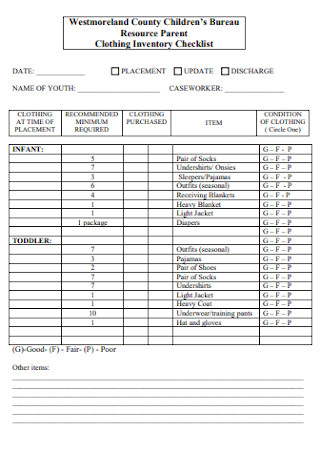
Parent Clothing Inventory Checklist
download now -
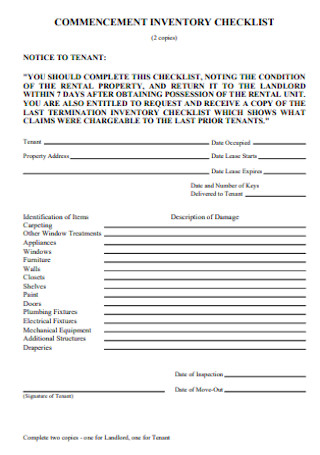
Commencement Inventory Checklist
download now -
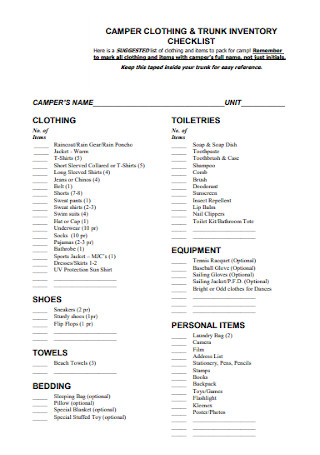
Trunk Inventory Checklist
download now -
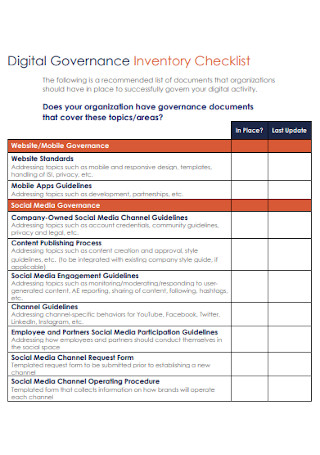
Digital Governance Inventory Checklist
download now -

Inventory Checklist for Washroom
download now -
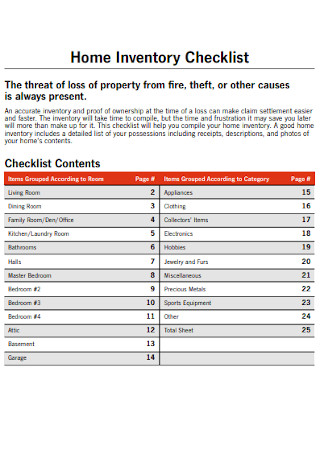
Farm Inventory Checklist Template
download now -
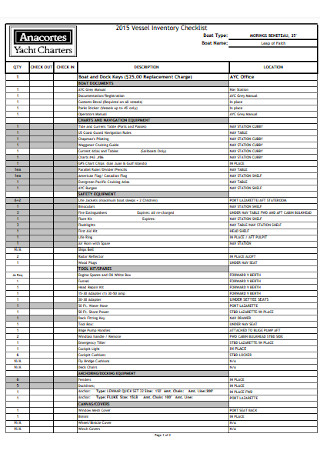
Vessel Inventory Checklist
download now -
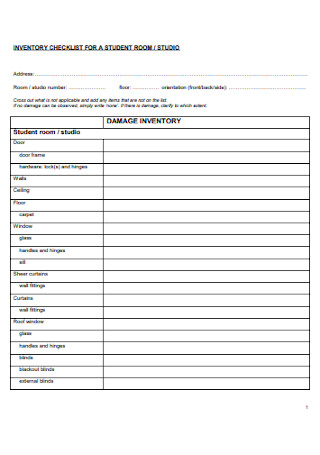
Inventory Checklist for Student Room
download now -
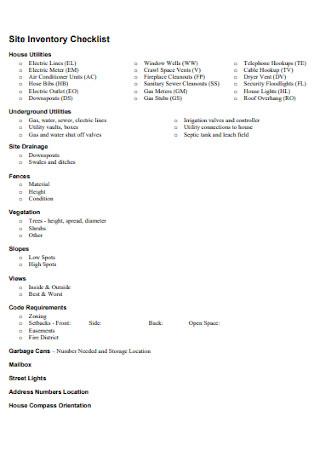
Site Inventory Checklist
download now -
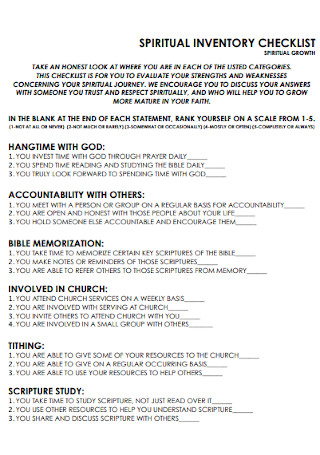
Spiritual Iinventory Checklist
download now -

Annual Physical Inventory Checklist
download now
FREE Inventory Checklist s to Download
50+Sample Inventory Checklists
Inventory Checklists: What Are They?
Why Should You Create an Inventory Checklist?
The Elements of a Standard Inventory Checklist
How to Form an Inventory Checklist
FAQs
How do you manage inventory in business?
What are the four basic types of inventory?
What is the difference between stock and inventory?
Inventory Checklists: What Are They?
An inventory checklist is often associated with an inventory list, which records every single item stored in an organization’s inventory department. However, inventory checklists do more than just list the different items in the inventory because it is used for tracking and reporting purposes such as checking the item price, quantity, condition, and more. The checklist may even include a list of tasks on how to manage inventory. Nonetheless, this tool or document is useful to inspect and control inventory products in the most effective and organized way possible.
Why Should You Create an Inventory Checklist?
Inventory checklists make inventory management run efficiently. And if you need actual proof on how important inventory checklists are, here are some reasons why you should make a well-thought-out inventory checklist:
Proper Inventory Control
Being able to control inventory effortlessly is any business owner’s dream. So if you have been struggling with inventory management lately, you can depend on something as simple as an inventory checklist to fulfill customer orders, prevent out-of-stock items, and ensure lucrative sales in business. Hence, your organization’s inventory management plan can benefit a lot when the instructions and criteria enlisted in the checklist are observed promptly.
Regular Inventory Tracking
You can depend on inventory checklists as your inventory’s official tracking sheets. You could be concerned about a specific item’s whereabouts, the inventory’s sales volume, an item’s stock-keeping unit (SKU), or any item to be returned to storage. That way, you won’t have to lose track of possible lost inventory, illegal movement of products, or double-handling of certain items. And the best part is it can be done regularly so the status of inventory will be updated from time to time.
Inventory Categorization
An inventory checklist is not simply a master list or a sort of inventory equipment list that records the names of inventory products and how many products are available. It also categorizes the inventory to organize the data properly. For example, you could divide the inventory categories into sections such as product inventory, equipment inventory, food inventory, clothing inventory, or property inventory. And how you group or categorize details depends on your preferences or whatever makes inventory management easier.
Customer Satisfaction
Ensuring that you maintain your inventory in check assures customer satisfaction. For example, you get to restock periodically in case customers want fresh stocks pronto. And rather than suffering from low supplies, you can actually provide something to clients regularly. And that is just what you need to get positive feedback from customers later on.
Save Time, Money, and Effort
Another advantage of an inventory checklist is how it helps in saving time, money, and effort. Gone are the days you need to manually count items every single day because it can all be logged accordingly if the checklist spreadsheet is updated regularly. Also, checklists are inexpensive and you can save money by not purchasing more items that hardly sell in the market. So if you want smooth operations to run in your inventory strategic plan, incorporate a reliable inventory checklist in the process.
The Elements of a Standard Inventory Checklist
What makes up an inventory checklist? Albeit many companies have a different format, layout, and content in their inventory checklists, it is critical that an inventory checklist contains the following basic elements:
How to Form an Inventory Checklist
Remember that an inventory checklist is meant to guide anyone who tracks and monitors the inventory regularly. And since it is such an important job, it only makes sense to be careful with the data and details you present there. Otherwise, following a flawed checklist will lead to dismal operations. So to create a proper inventory checklist, be sure to apply these steps:
-
Step 1: Study the Inventory Department
A thorough business analysis specifically towards the inventory department is crucial. That means you take time to analyze how the entire operations run in the inventory sector of your organization. This data will benefit you in determining what set of details should be added to the checklist later on. Inventory data analysis can clarify the purpose or type of inventory to manage, how items are tracked, what factors cause overstock or understock, what the inventory categories will be, and so much more.
-
Step 2: Optimize a Sample Inventory Checklist
Gone are the days you make inventory checklists from scratch because sample inventory checklists are ready-made templates that you can customize. You can simply follow the standard professionally made examples and edit its content to form it as your own afterward. You may also choose from different customizable sample inventory templates such as a printable inventory sheet template, restaurant grocery inventory list template, general inventory form template, and lots more.
-
Step 3: Outline the Inventory Checklist’s Elements
If you can recall the title, categories, checkboxes, down to the notes, there is a series of standard elements in an inventory checklist. So be sure to insert the needed elements for your inventory checklist in your document. Besides the basic examples, you can add more categories or elements anyway. For example, you can add a section specifically for inventory budget reports. Go for whatever works with your inventory checklist.
-
Step 4: Observe an Easy-to-Read Structure
You can’t rely on a checklist that is hard to follow. Maybe you pass that checklist to another person and they could hardly understand the instructions and format given in the document. So don’t take the layout and presentation of your details lightly as they could bring confusion if taken for granted. Reread what you wrote in the checklist and conduct an assessment of your whole work. Maybe you need to shorten sentences, add visuals, or input additional instructions to make it easier.
-
Step 5: Update the Checklist and Prepare for Changes
An obvious step is to commit to the inventory checklist on a regular basis. It is through checking and tracking from time to time that you gather accurate and updated data in the first place. And as you depend on the checklist regularly, be prepared for possible changes that there is a need to update the checklist’s content. Maybe new categories should be added to the inventory so you change your checklist. Just be sure you have a fixed work schedule on when to monitor inventory and be flexible for potential changes.
FAQs
How do you manage inventory in business?
You are guaranteed to an excellent inventory management in business when you achieve an inventory plan, understand the different order cycles, balance your stocks, and track the inventory with an inventory checklist or tracking spreadsheet.
What are the four basic types of inventory?
The four essential types of inventory are raw materials, work in progress (WIP), finished goods, and maintenance, repair, and operations (MRO) goods.
What is the difference between stock and inventory?
Although you can often associate an inventory to a stock, there is a slight difference in their meaning. A stock refers to supplies of finished goods that a business can sell to customers. Meanwhile, inventory refers to all types of goods meaning not just the finished goods but also the components and raw materials used to make a finished product.
It should be obvious by now that inventory management is vital for business operations to run as smoothly as possible. Holding excessive inventory turns out expensive and some items might never be bought. On another note, you still have to meet the demands of customers or they might no longer depend on your company for lacking stocks constantly. So you better prepare a well-made inventory checklist for regular updates about the inventory’s status effectively. Download a sample inventory checklist now!
